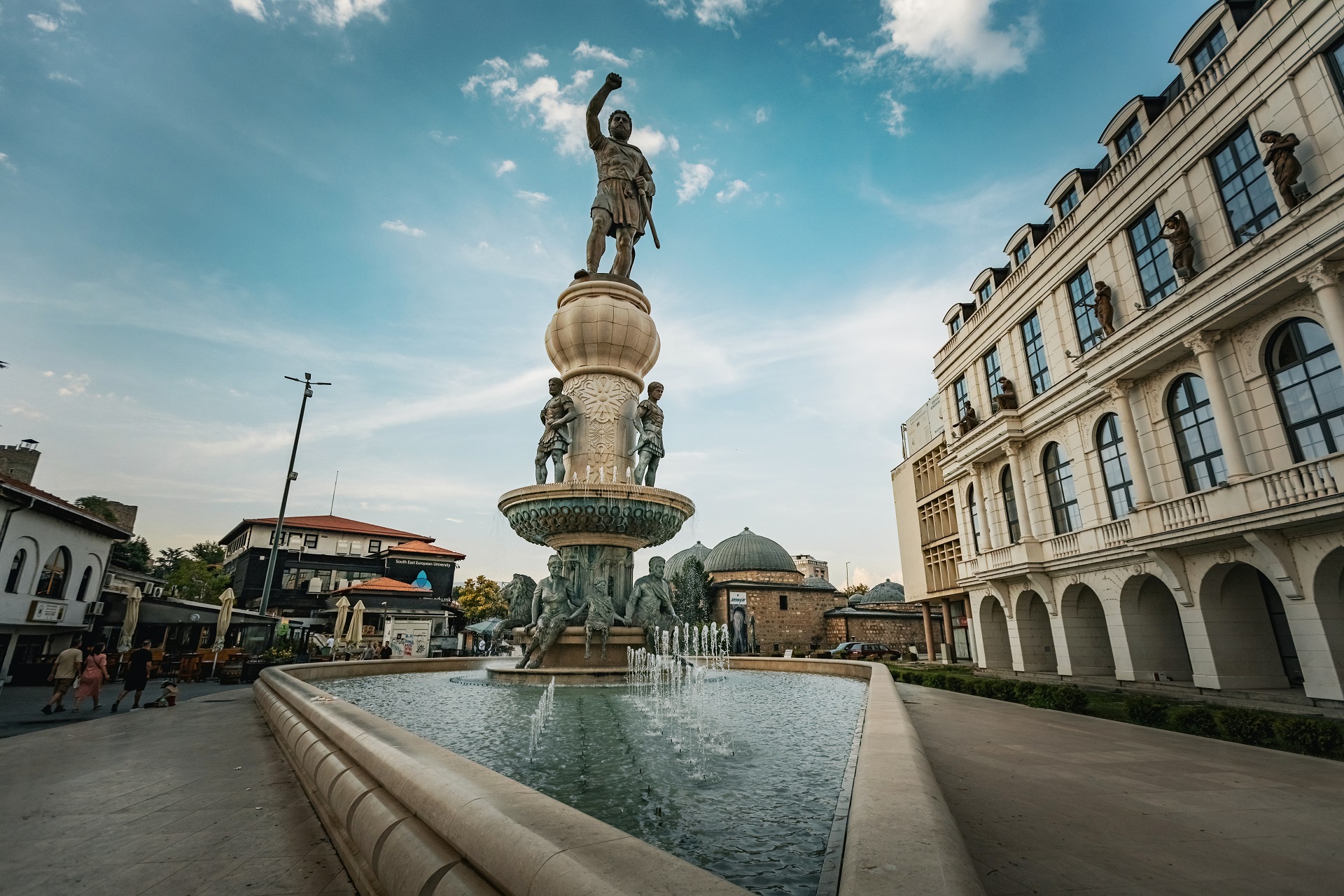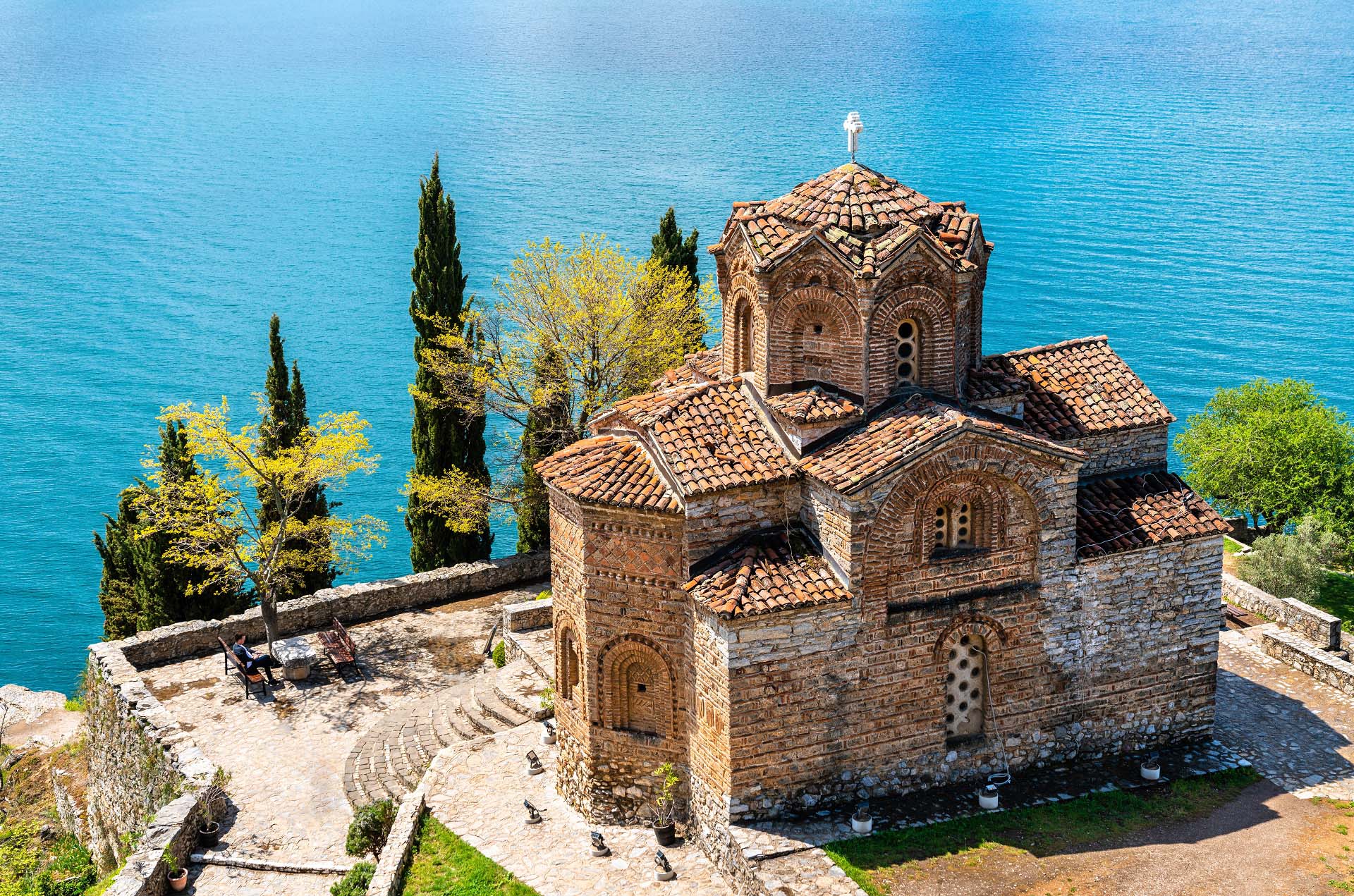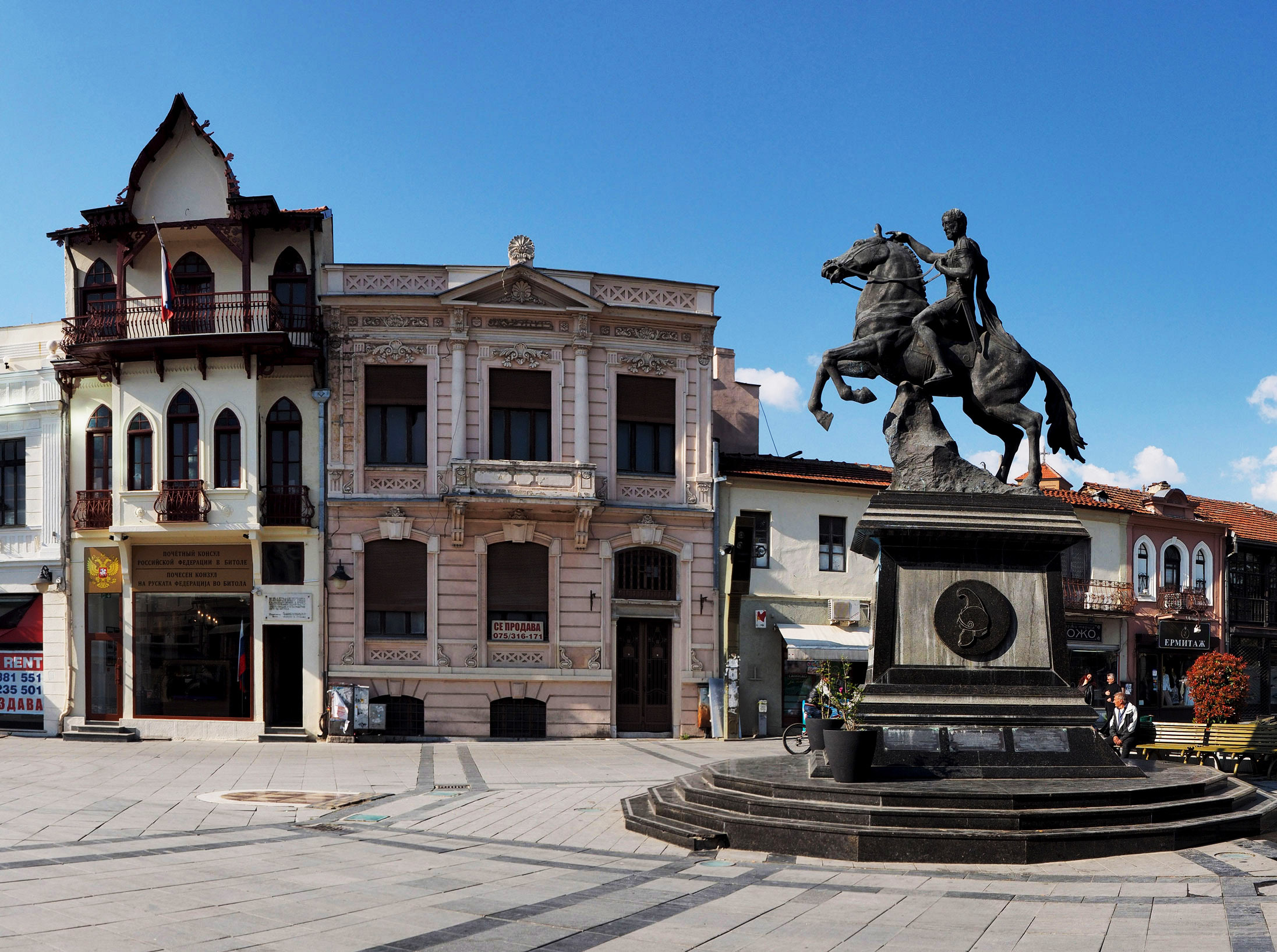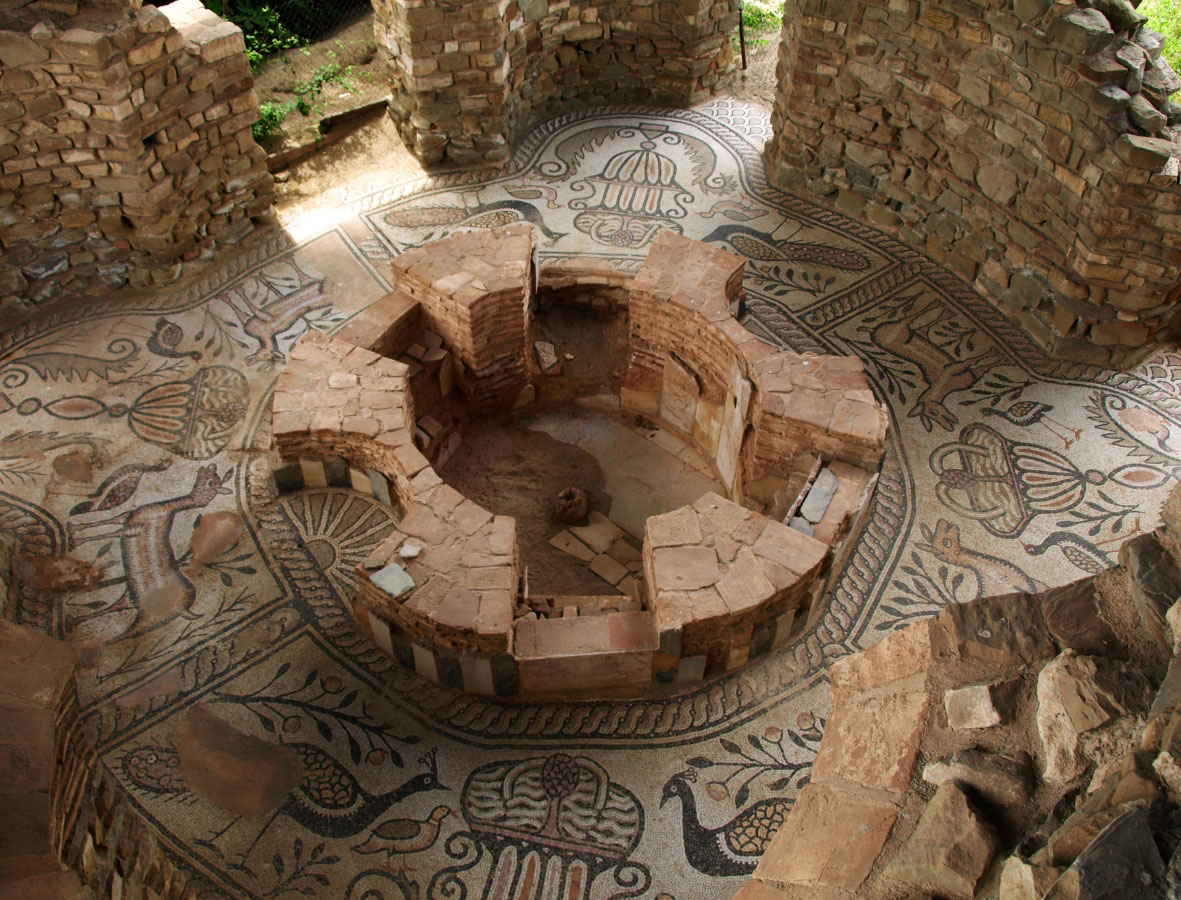Despite the fact that North Macedonia is one of the smallest countries in the Balkans, it is listed as one of the top destinations to visit due to its combination of mountains, forests, lakes and history. From the glory of Greek marbleto Alexander the Great, from the invasions and Rome’s settlements to the early and late Ottoman influence to the Yugoslav period—all these time periods are now part of the North Macedonian gift to the world. Because it is a small country with many beauties, North Macedonia can easily be fully visited. There you can find many attractions: world-class skiing resorts; mountains and lakes like Ohrid Lake, a natural reserve and a UNESCCO World Heritage Site; historic towns like Skopje (the capital) and Bitola; special architecture like the houses in Ohrid; archaeological sites such as Heraclea and Stobi, etc.
With all these, you might think that the tagline of North Macedonian tourism, “Macedonia Timeless,” is quite catchy, but believe me, you must try it yourself in tours in North Macedonia. Eternal memories will be with you!
Facts
Population: 2.07 million | Capital: Skopje | Language: North Macedonian language | Surface: 25,713 km²

Remains have been found in Skopje that proves that it has been inhabited since Neolithic times, but the settlements inside the fortress are from the 6thcentury B.C.Previous small habitations were turned into a Roman military camp in the 1st century A.D. Until the late 14th century, the Bulgar kingdoms and empires and Byzantium fought over it until it was finally invaded by the Ottoman Empire. It developed as an administrative center until the beginning of the 20th-century when it was invaded by Serbia. Later, it was part of Yugoslavia as the capital of the Republic of North Macedonia.
 Ohrid, the so-called Jerusalem of the Balkans, is in the Republic of North Macedonia located on Lake Ohrid’s eastern shores. It has had continuous inhabitation since its first settlements in the 4th century B.C. from the Illyrian tribes of Enchelai and Dassaretae when it was known as Lychnidos. Since Christianity’s first centuries, the faith set roots so firmly that it once had 365 churches, one for each day of the year. The city and the area were colonized by the Slavs, but the city continued to prosper under many Empires. Due to its vast cultural inheritance and its state of preservation, Ohrid and the lake in 1978 were included in the UNESCO World Heritage List. Today Ohrid is the jewel of North Macedonia and the pearl of Lake Ohrid.
Ohrid, the so-called Jerusalem of the Balkans, is in the Republic of North Macedonia located on Lake Ohrid’s eastern shores. It has had continuous inhabitation since its first settlements in the 4th century B.C. from the Illyrian tribes of Enchelai and Dassaretae when it was known as Lychnidos. Since Christianity’s first centuries, the faith set roots so firmly that it once had 365 churches, one for each day of the year. The city and the area were colonized by the Slavs, but the city continued to prosper under many Empires. Due to its vast cultural inheritance and its state of preservation, Ohrid and the lake in 1978 were included in the UNESCO World Heritage List. Today Ohrid is the jewel of North Macedonia and the pearl of Lake Ohrid.
 Bitola is the largest economic center in the Pelagonian Valley. The area has been inhabited since the Bronze Age. It has been part of the lands of the Lyncestis since ancient times. Heraklea Lynkestis was located close to the modern city. Founded in the mid-4th century B.C. by Philip II, its importance was due to being on the Roman Empire’s Via Egnatia. Because of its rich antiquity, there are many objects from Greek and Roman cultures. During the Byzantine Empire, it was an important Episcopal center but was raided by the Slavic tribes during their marches. During the Middle Ages, the Slavic tribes settled in the area, and in the late 14th century Bitola became part of the Ottoman Empire under the name Manastir and prospered until 1912 when it became part of North Macedonia.
Bitola is the largest economic center in the Pelagonian Valley. The area has been inhabited since the Bronze Age. It has been part of the lands of the Lyncestis since ancient times. Heraklea Lynkestis was located close to the modern city. Founded in the mid-4th century B.C. by Philip II, its importance was due to being on the Roman Empire’s Via Egnatia. Because of its rich antiquity, there are many objects from Greek and Roman cultures. During the Byzantine Empire, it was an important Episcopal center but was raided by the Slavic tribes during their marches. During the Middle Ages, the Slavic tribes settled in the area, and in the late 14th century Bitola became part of the Ottoman Empire under the name Manastir and prospered until 1912 when it became part of North Macedonia.
 The ancient city of Butrint is much preferable to be visited as an archaeological center, where antiquity and beauty intertwine. The archaeological excavations show that Butrint has been an important center of the Kaonian Illyrians, one of the big tribes of southern Illyria. According to discoveries made in the area, it has been proved that the site was inhabited as early as the Paleolithic period. In the 6-th century, BC Greeks from Corfu settled here, alongside with Illyrians and the new colony prospered as the result of the trade. By the fifth century BC, Buthroton was an Illyrian fortified city. In the fourth century, BC Butrint had fallen to Epirus, and in 167 BC it was taken by Rome. It was a seat of a Byzantine bishop in the 10-th century. Butrint was captured by the Normans in the eleventh century and passed to Venice from 1690 to 1797 when Ali Pasha Tepelena captured it. With the fall of the Pashallek of Janina, in 1822, Butrint passed under Ottoman rule until 1913. Several excavations dating from the 1-st and 4-th centuries AD can now be visited, among them the Old Amphitheatre, the temple of Asclepiads or Aesculapius, the Baptistery, Nymphaeum and the ancient city walls. Do not miss the Baptistery, with a floor of colorful mosaics. An old fortress housing a small museum watches over the whole site.
The ancient city of Butrint is much preferable to be visited as an archaeological center, where antiquity and beauty intertwine. The archaeological excavations show that Butrint has been an important center of the Kaonian Illyrians, one of the big tribes of southern Illyria. According to discoveries made in the area, it has been proved that the site was inhabited as early as the Paleolithic period. In the 6-th century, BC Greeks from Corfu settled here, alongside with Illyrians and the new colony prospered as the result of the trade. By the fifth century BC, Buthroton was an Illyrian fortified city. In the fourth century, BC Butrint had fallen to Epirus, and in 167 BC it was taken by Rome. It was a seat of a Byzantine bishop in the 10-th century. Butrint was captured by the Normans in the eleventh century and passed to Venice from 1690 to 1797 when Ali Pasha Tepelena captured it. With the fall of the Pashallek of Janina, in 1822, Butrint passed under Ottoman rule until 1913. Several excavations dating from the 1-st and 4-th centuries AD can now be visited, among them the Old Amphitheatre, the temple of Asclepiads or Aesculapius, the Baptistery, Nymphaeum and the ancient city walls. Do not miss the Baptistery, with a floor of colorful mosaics. An old fortress housing a small museum watches over the whole site.
Just like other Balkan countries, North Macedonia is well known for its fascinating past and complex national identity. It is a country that is rich in Greek, Roman, and Ottoman heritage. With picturesque villages, delicious food, unique flora and fauna, favorable exchange rate, and welcoming people, North Macedonia has a lot to offer to its tourists. That is why we included tours in North Macedonia. You can really consider it as a hidden gem in the center of the Balkan Peninsula.
On our tours in North Macedonia you will:
– Support local communities
– Learn more from our experienced guides
– Travel in modern comfortable vehicles
– Taste some of the best local specialties
– Get plenty of free time to explore on your own way